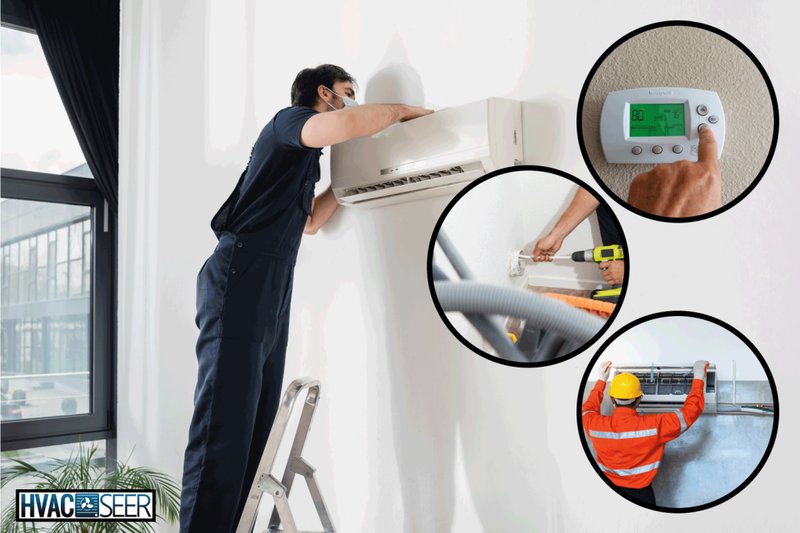
Here’s the deal: ignoring this error on your air conditioning unit is like ignoring a leaky faucet. You might think, “It’s just a drip, right?” But over time, that drip can turn into a deluge of problems. Not addressing the Error OE can lead to water overflow that might damage your floors or walls, and let’s not forget the unpleasant buildup of mold or mildew. Keeping your Honeywell air conditioner in tip-top shape not only keeps you cool but saves you a lot of hassle down the line.
Understanding Error OE and Its Impact
The OE error code is Honeywell’s way of signaling that there’s a problem with water drainage. Imagine a blocked sink; all that water has nowhere to go. Similarly, your air conditioner condenses water as it cools the air, and this water needs a path to escape. When the drainage system fails, you get the OE alert. It might sound minor, but it’s crucial because prolonged water retention can lead to bigger issues affecting not just the AC but your home’s air quality.
So, what happens if you overlook it? First, water can back up and overflow from the unit, which means potential water damage to your home. You’d be surprised how much havoc unwanted water can wreak, soaking into carpets, damaging wooden floors, or seeping into walls. Second, stagnant water can become a breeding ground for mold and mildew. Not only are these unsightly, but they can also trigger allergies and respiratory problems. It’s like leaving a damp towel in a bag for too long—things just get gross.
What’s worse, ignoring the OE error can put extra strain on your air conditioner. When water doesn’t drain properly, the system works harder to maintain efficiency, potentially leading to mechanical failures. It’s like running a race with a sprained ankle—you’ll keep going, but not without causing more damage. So, getting this sorted quickly isn’t just advised; it’s essential to avoid costly repairs and keep your home environment safe and comfortable.
How to Address Honeywell Air Conditioner Error OE
Now, if you’re staring at the blinking OE code and feeling a little lost, don’t worry—there’s a straightforward path to fixing it. Think of it as a game plan for success. First off, check the drainage pan. This is where the condensed water collects, much like a collection tray in a coffee machine. If it’s full, gently empty it and see if that resolves the issue. Ensure the unit is on a flat, stable surface to promote proper drainage.
Next, inspect the drainage hose. It’s not uncommon for debris or dust to clog this passage, preventing water from flowing out. Detach the hose carefully and give it a good clean. Running water through it can clear minor blockages, much like unclogging a drain with a gentle stream. If everything seems in order, reattach it and test the air conditioner. Nine times out of ten, these steps do the trick.
If the error persists, it might be time to call in a professional. Much like a toothache that won’t go away, sometimes you need expertise beyond home remedies. An HVAC technician can delve deeper, checking for internal clogs or pump failures. Remember, it’s better to spend a little now on professional help than a lot more on a big repair or replacement later.
Prevention Tips to Avoid Future Errors
Prevention is always better than cure, right? Keeping your Honeywell air conditioner in prime condition is no exception. Regular maintenance can help ward off the pesky OE error and keep things humming along smoothly. Start by scheduling routine check-ups with an HVAC professional. A bit like getting your car serviced, these regular inspections ensure everything is running without a hitch.
Beyond professional maintenance, you can also take simple steps to maintain your unit. Clean the filters regularly, as a clean filter ensures efficient airflow and reduces strain on the system—a vital practice akin to keeping your kitchen grease-free for better performance. Ensure the unit is level and the drainage hose is unobstructed, as small shifts over time can impact drainage.
Finally, be vigilant. Keep an eye on your unit’s performance and listen for any unusual noises. If you notice anything off, tackle it early. It’s like noticing a slight limp in a pet—addressing it quickly prevents bigger issues. With a little attention and regular care, your Honeywell air conditioner will keep you cool without a fuss or the dreaded OE error.